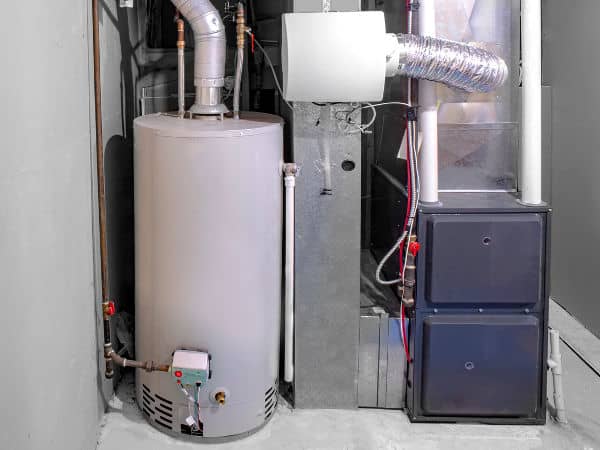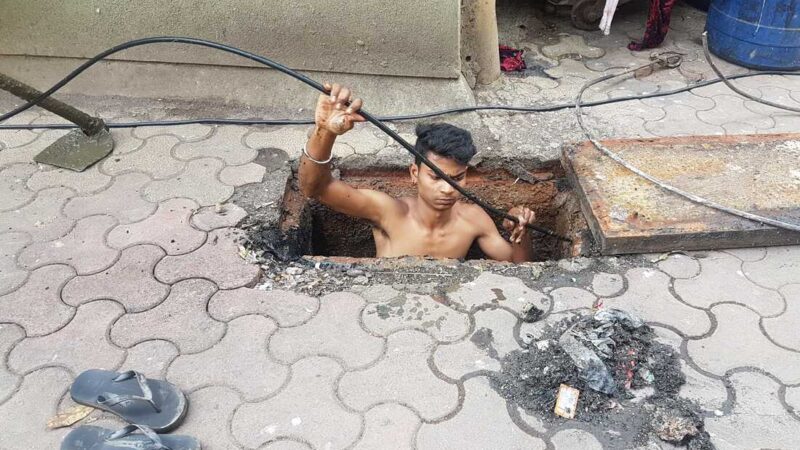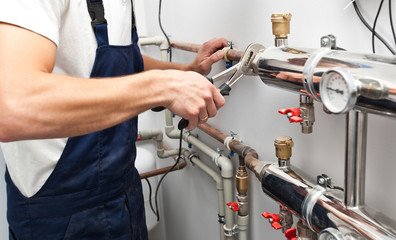Choosing the Right Pipe for Plumbing
Plumbing is a system of pipes, valves, and other apparatuses that move fluids in homes and businesses. The fluids move from one location to another for a variety of purposes. These fluids include water, oil, and other liquids.

Choosing the best PVC pipe for plumbing isn’t as easy as you might think. There are different grades and colors available, which means it can be a tough decision to make.
Thermoplastic piping is ideal for indoor or outdoor use. It is UV resistant, rust-proof, and very durable. The smooth bore interior surface also reduces friction and blockages.
PVC can be used for cold and hot water supplies. Most people use it for water supply lines, but you may need to consider using it for drainage and waste pipes. It is affordable, lightweight, and durable. It will not deteriorate when exposed to most chemicals and minerals.
There are a variety of piping materials available, but PVC is the most common. PVC is durable, inexpensive, and easy to cut. You can use a power saw or a hand saw to cut it.
PVC piping can be encased in cement, or you can use it in the ground. Flexible PVC is a great alternative to rigid PVC. It is flexible enough to bend around corners without the need for fittings. This makes it ideal for use in irrigation systems and drainage.
Flexible PVC is also ideal for use in low-pressure applications. It can replace rigid PVC in situations where you need to transport chemical substances. You can also use it in combination with rigid PVC.
Flexible PVC is very popular for use in pool buildings. It has an internal helix that helps prevent kinking. Flexible PVC is also a good choice for drain lines.
PVC is durable, rust-resistant, and inexpensive. You can find flexible PVC for plumbing in a variety of colors. Some colors, such as white, are more popular than others.
Despite its common use, ABS pipe for plumbing is not as durable as once believed. Even though it has a thick outer layer of plastic, it still can be prone to breakage. If you have a plumbing system with ABS pipe in it, it’s best to replace it with PVC.
There are several differences between ABS and PVC pipes. For example, PVC is generally lighter and more flexible. It is also less expensive for a unit cost. Unlike ABS, PVC piping can be used indoors, outdoors, and in underground applications.
While both PVC and ABS are excellent for drain and vent piping systems, they are not necessarily designed for one another. Consequently, they should not be joined in the same piping system.
In order to join ABS and PVC pipes, you’ll need to use a special fitting. This fitting is usually a rubber transition coupling. It connects two pipes and is held in place by a stainless-steel clamp.
When joining PVC and ABS, you’ll also need to use a special purple primer. Before you apply the cement, you’ll want to make sure that the primer has dried completely.
You may also want to use an all-purpose cleaner. This will help make sure that the pipe is clean. In addition, you’ll want to use a deburring tool to remove any burrs.
Using a marker or a tube cutter can also be helpful. This is because you’ll need to make sure that you get the right measurement for the pipe travel inside the fitting.
Using a compression sleeve is another way to join PVC and ABS. This type of fitting doesn’t require threading and is okay for use with unpressurized wastewater.
Choosing the right PEX pipe for plumbing applications depends on the type of project you have in mind. There are several advantages to using PEX compared to other piping materials. These include flexibility, ease of installation, and durability. However, there are also a few disadvantages to using PEX.
One of the major disadvantages of PEX piping is the ability to crack. When exposed to freezing temperatures, PEX expands to a greater degree. This causes brittleness in the pipe, which can cause leaks. The best way to avoid this is to store the PEX pipe indoors.
Another disadvantage is the sensitivity to UV light. Most PEX manufacturers allow for 60 days of exposure to sunlight. UV light can degrade the properties of PEX, causing it to break down.
Another disadvantage is the fact that it can become highly susceptible to bacteria. This can reduce the lifetime of the pipe. If you are installing a PEX pipe in a home, it is important to check your local requirements for the material. You may be required to install a special removal ring or a ratchet clamping tool for connections.





